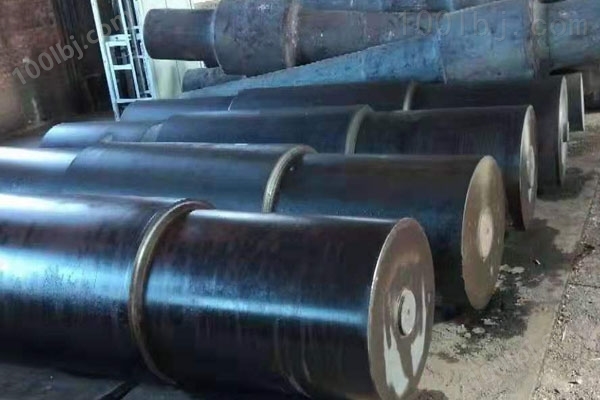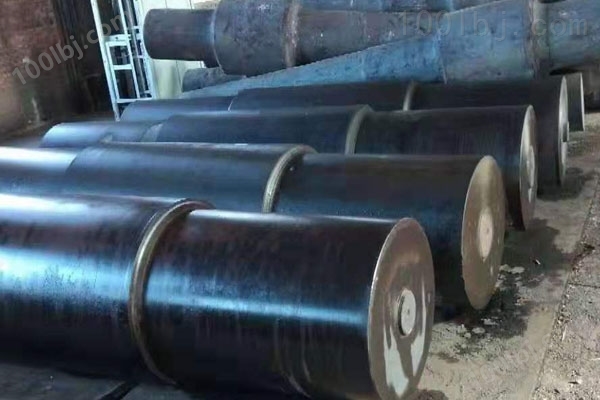锻件厂家锻造
产品简介
详细信息
锻件厂家钢件在淬火状况下有以下三个要紧特性。
(1)构造特性
根据钢件尺寸、加热温度、光阴、转变特性及行使的冷却方式,钢件淬火后的构造要紧由马氏体或马氏体+残存奧氏体构成,别的,还可能存在少许未溶碳化物。马氏体和残存奥氏体在室温下都处于亚稳定状况,它们都有向铁衆体加渗碳体的稳定状况转化的趋向。
(2)硬度特性
由碳原子惹起的点阵畸变通过硬度显露出来,它随过饱和度(即含碳量)的增加而增加。淬火构造硬度、强度高,塑性、韧性低。
(3)应力特性
包含微观应力和宏现应力,前者与碳原子惹起的点阵畸变相关,尤其是与髙碳马氏体到达非常大值相关,分析淬火时马氏体处于紧张受力状况之中;后者是由于淬火时横截面上形成的温差而产生的,工件表面或心部所处的应力状况是差别的,有拉应力或压应力,在工件里面保持平衡。如不及时消除淬火钢件的内应力,会惹起零件的进一步变形甚至开裂。
综上所述,淬火工件虽有髙硬度与髙强度,但跪性大,构造不稳定,且存在较大的淬火内应力,是以必须经过回火处分才能应用。普通来说,回火工艺是钢件淬火后必不行少的后续工艺,它也是热处分历程的非常后一道工序,它賦予工件非常后所需求的机能。
Free forging steel parts have the following three critical characteristics under quenching conditions.
(1) Structural characteristics
According to the steel size, heating temperature, time, transformation characteristics and the cooling method, the structure of the steel after quenching is composed of martensite or martensite + residual austenite. In addition, there may be a little undissolved carbonization. Things. Martensite and residual austenite are metastable at room temperature, and they all have a tendency to convert to the stable state of the cement body plus cementite.
(2) hardness characteristics
The lattice distortion caused by the carbon atoms is revealed by the hardness, which increases as the degree of supersaturation (i.e., carbon content) increases. The quenched structure has high hardness and strength, and low plasticity and toughness.
(3) Stress characteristics
Including microscopic stress and macroscopic stress, the former is related to the lattice distortion caused by carbon atoms, especially related to the very large value of the martensite, and the martensite is in the state of stress during quenching; the latter is due to When the temperature difference formed on the cross section is obtained during quenching, the stress state of the surface or the core of the workpiece is different, and there is tensile stress or compressive stress to maintain balance in the workpiece. If the internal stress of the hardened steel is not removed in time, further deformation or even cracking of the part may occur.
In summary, although the quenched workpiece has 髙 hardness and 髙 strength, but the 跪 is large, the structure is unstable, and there is a large quenching internal stress, which must be applied after tempering. Generally speaking, the tempering process is a follow-up process that is indispensable after quenching steel. It is also a very late process of the heat treatment process, which gives the workpiece a very demanding function.


